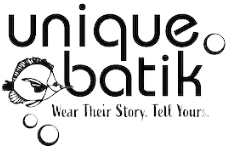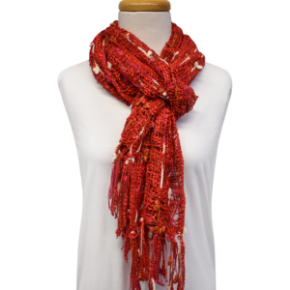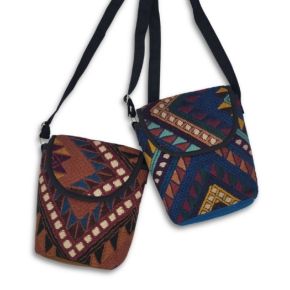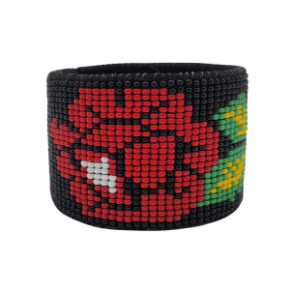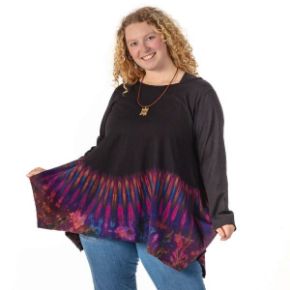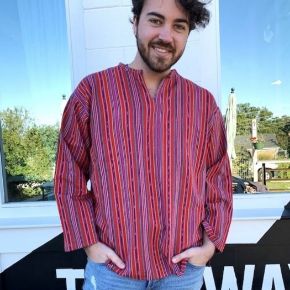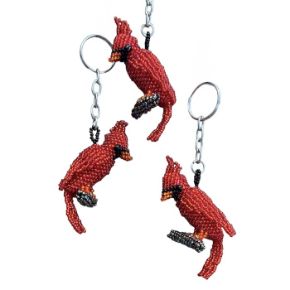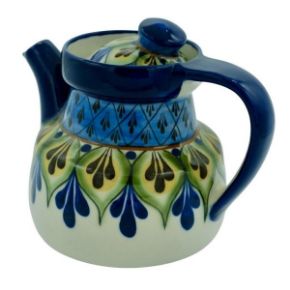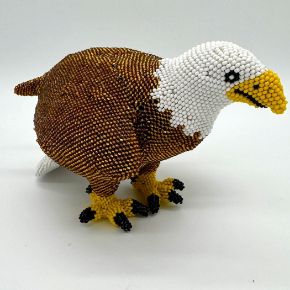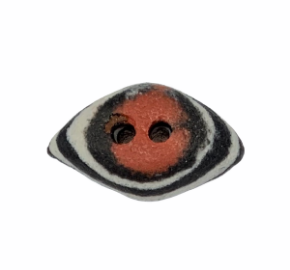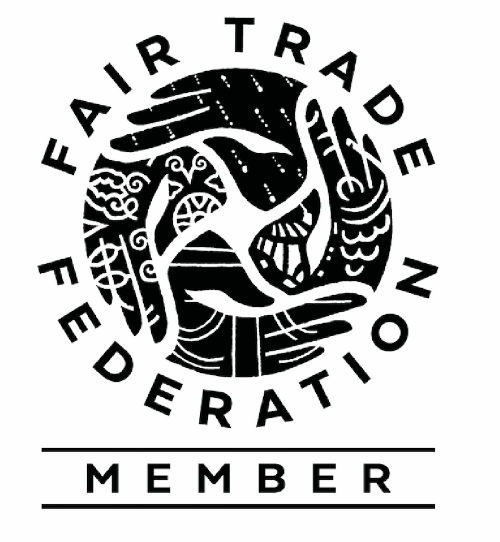It might surprise you to learn that there are more people enslaved today than there were at the height of the U.S. slave industry -- more than at any other time in human history. Although it is difficult to track, since human trafficking is a hidden business, the Walk Free Foundation estimates that there are over 29 million people being held in slavery across the globe today. Slavery is defined as being forced to work through fraud, threat of violence, for no pay.
Although the rates of slavery are highest in Sub-Saharan Africa, Southeast Asia, and Eastern Europe, it happens in every country in the world. In the U.S., there are an estimated 60,000 people being held in slavery, many of them illegal immigrants. Something all of these populations have in common is that the workers are made more vulnerable by high rates of poverty, unemployment, and discrimination. Women everywhere are more at risk than men, as are children. Eighty percent of transnational trafficking victims are women, and fifty percent of them are children.
The commercial sex industry is rampant with forced labor, and sadly, many men, women and children are trafficked into just such situations. However, not all trafficking is sex trafficking; many people are held through debt bondage as migrant farm workers, laborers, or in domestic servitude. One industry with the most rampant abuse of forced child labor is that of chocolate production, with an estimated 200,000 children working in cacao fields in the Ivory Coast alone.
How does buying fair trade fight human trafficking? According to the WFTO, one of the principles of fair trade is that there is no forced or child labor involved. When you see an organization labeled fair trade, you can know that they have ensured that no forced labor and no child labor is involved in the production of their goods. When you see a food or beverage labeled fair trade, you can know that none of the farm workers were children or forced laborers. For example, if you want to continue enjoying chocolate, and you find it bothers you to think that your Hershey bar was produced by enslaved children, you can make your next chocolate purchase fair trade chocolate and feel good about that choice.
Another important way fair trade fights human trafficking is that is creates sustainable employment opportunities for at risk populations. Poverty is a huge risk factor for victims of trafficking. People who are desperate for work leave their villages and go to the big city or even other countries to find jobs, and instead, they find themselves cheated and trapped. People who are desperate to feed their families send their children away under the belief that they will be cared for, they will be educated, they will be able to work for a while and send money back to their families and return safely. Instead, their children are forced to labor on cocoa plantations with machetes in the hot sun.
Fair trade work is done by fairly paid adults, who are paid enough to support their families, educate their children, and live lives of dignity and respect. When you choose to pay a little bit more for a bar of chocolate that is labeled fair trade, you choose to prevent child slavery. When you buy a handmade bag made by fairly paid artisans, instead of one made by laborers in a sweatshop, you choose to prevent forced labor. Human trafficking may sound like a far away problem, but it is not unrelated to our choices. The things we buy and the things we consume are paid for by us, or by those who are exploited to create them.
